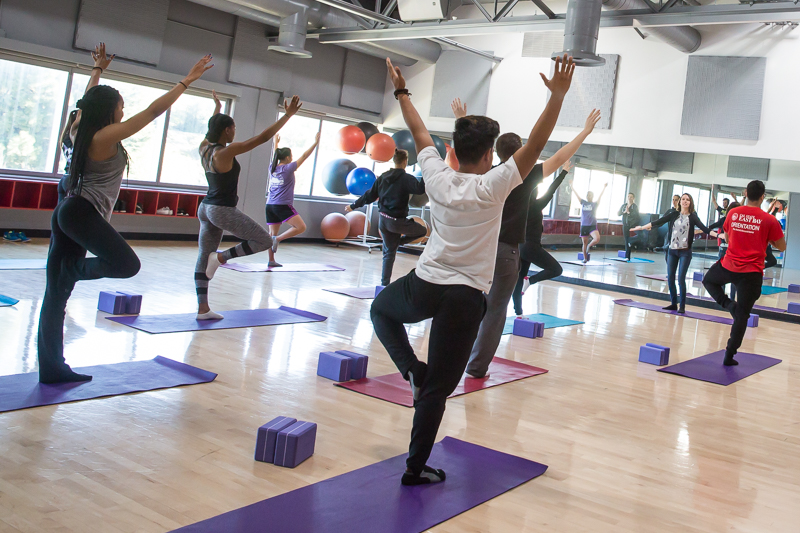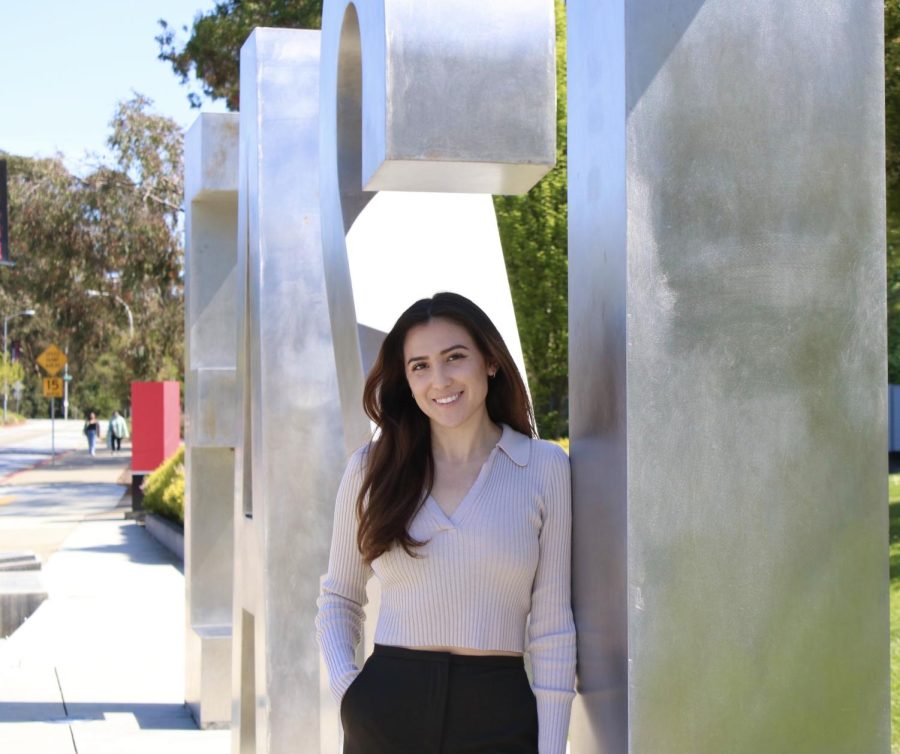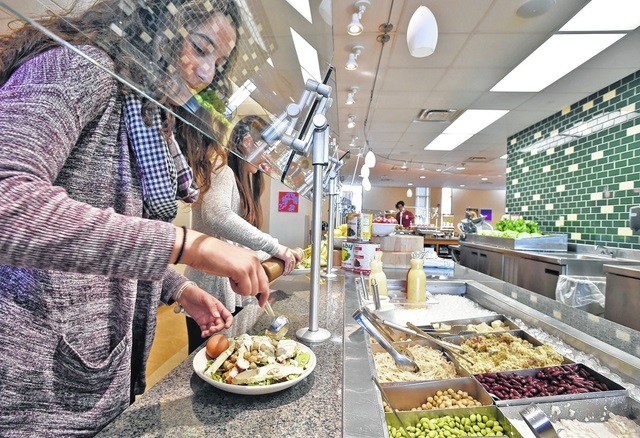Finals are fast approaching and once again commuters are using the campus as a second home for cramming, eating and sleeping when and where they can.
Some commuter students resort to sleeping in their cars, or finding empty classrooms, as it does not make sense for them to drive home just to sleep for a few hours and come right back.
As we witness a growing trend in students living at home to cut costs, we also see a growing need for a direct focus on commuter students to continue their engagement on campus, as well as supply necessary accommodations for the population.
Commuter students make up approximately 86 percent of college students nation-wide, according to a study published through the U.S. Department of Education, and comprise a variety of backgrounds, from full-time to part-time students and 18-year-old freshmen to middle-age parents.
At CSU East Bay, though the exact number of commuters is unknown, it is certain 1,272 students currently live on campus housing. According to the university, as of fall 2012 the total student body of CSUEB is 13,160. Looking at these numbers, we can estimate since only about 9.6 percent of students live on campus, nearly 90 percent commute to Hayward. This percentage does not factor in the number of staff and faculty who also commute.
The challenges which face non-resident students are just as vast, and can include difficulty fitting in, time spent in transportation, and competing responsibilities as a student, employee and family member, among other barriers.
These challenges, which accost commuters, have prevented them from participating as fully as they might want to. Although commuters make up a high volume of the CSUEB campus, the amenities afforded to them are few and far between.
It is already difficult for the commuter population, having to drive to and from campus at all hours of the day, campus restaurants closing at inconvenient hours, a general lack of sleep, and all with no place to rest.
While a student’s own mental and physical health is their responsibility, the CSUEB campus needs to accommodate their students, the majority of which are commuters.
The effort to reach out to non-resident students is wide and varied, though many institutions, including Biola University in southern California, Arcadia University in Pennsylvania, Bridgewater State College in Massachusetts, have been the most successful in connecting non-resident students to resources through creating a Commuter Life Department.
A Commuter Life Department could provide amenities such as locker rentals in a central location, programs geared towards commuters, databases to help instigate off-campus housing and carpool searches and usually a hall on campus designed for the non-residential student, which would often include mini-kitchens, complimentary supplies, study as well as recreational areas and rooms to rent overnight.
Another way to tackle this issue would be to create a commuter’s hall, a place where commuter students and faculty can go especially during busy periods of the quarter and spend the night, unwind and eat.
Research shows many students suffer from fatigue, which can affect their mental and physical health and also their academic performance.
Another dangerous obstacle for commuters is the act of driving. Driver fatigue is the cause of around 100,000 annual car collisions of which 1,500 end fatally according to The National Sleep Foundation.
It is well known how dangerous tired driving is and so having a commuter’s hall would allow commuter students to drive rested and refreshed.
However, one understands there are negatives such as building accommodations that would incur a large start up cost to the campus and the dormitories on campus are already filled to capacity.
Jim Zavagno, director of planning, design and construction in the Facilities Department at CSUEB, explained there is nothing the campus can do until a committee is formed.
“I didn’t realize that there was such a huge issue of this on campus,” said Zavagno. “I commute from San Jose myself and so I understand that the issue is important, but nothing can be done until a committee is created and more awareness is brought to the issue.”
Attending school or doing homework is never easy when you are tired and so it falls on the commuter students to plan their schedules in a more sleep-accommodating manner.
Many students will agree with this, as the budget cuts have led to fewer classes that are often times spaced out, which in turn create inconvenient schedules for the commuters.
All is not lost though, dear commuter students; it is up to you and faculty to come together and work with Associated Students Inc. to create a committee to build awareness of commuter fatigue and the need for a commuter hall.
In the mean-time, the old student union could be used as a place where commuters could go early and stay late that would have a kitchen, a quiet rest area with convenient hours and amenities.
















